Electric cords connect electrical devices to a primary power source, allowing electrical energy to be transferred. Every electrical cord contains a conducting medium commonly made of copper. An insulating substance and a protective jacket surround the conducting medium. Electric cables come in various sizes and lengths depending on the intended usage and application. Read More…
Our customers find we have the highest standards when it comes to quality, and delivery. Quail Electronics is a worldwide power cord supplier, offering power cords and various other products.
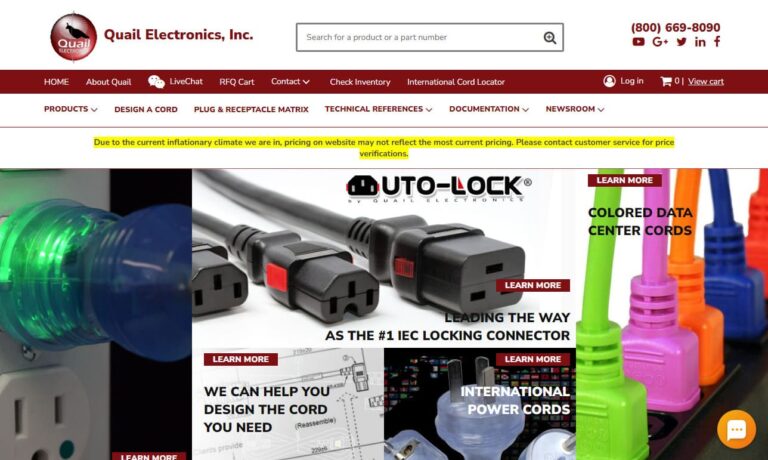
All of our power cords are tested and stand up to rigorous demands of everyday application. We serve a global market including the United Kingdom, Ireland, Germany, Switzerland, Austria and of course the United States.
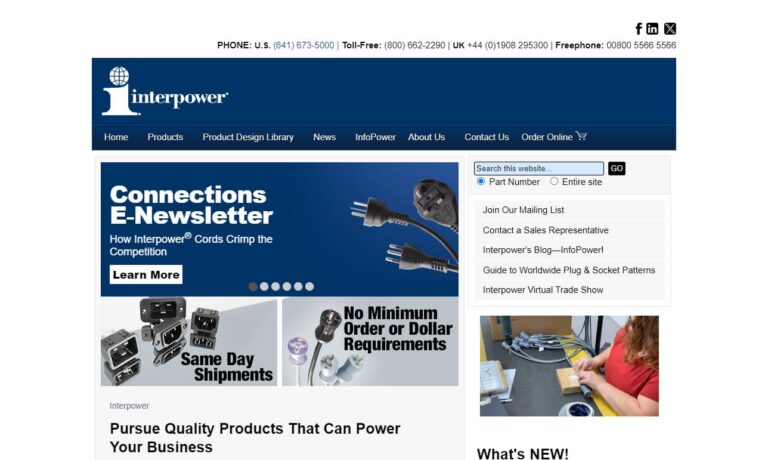
US Cordset Manufacturing provides power-supply products to various categories of customers from domestic to industrial. Our line of products include wiring harnesses, Coiled cords, extension cords, processed wires, high voltage twist lock cords, and more. Whether your requested electrical configuration is simple or intricate, our expert staff is ready to help.

Our plug adapters are guaranteed to bring you a lifetime of value. Our staff is committed to bringing you only the most reliable products that are available. We will find solutions for your cord needs regardless of how difficult the job may be.

At Americord, we dedicate ourselves to delivering high-quality power cords and custom wiring solutions that meet the demands of diverse industries. We design and manufacture durable cords that are tailored for performance, safety, and reliability, serving applications ranging from consumer electronics and industrial machinery to specialized equipment requiring precise electrical connectivity.
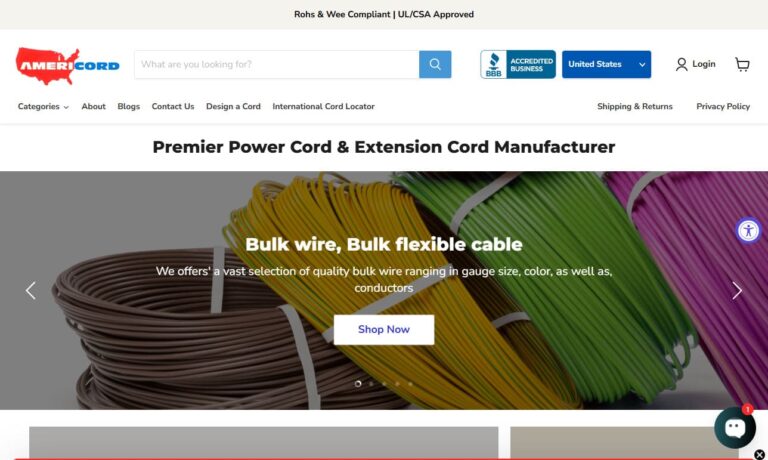
At Cord-Sets, we dedicate ourselves to delivering high-quality power cord solutions that meet the needs of industries across the globe. We specialize in designing and manufacturing power cords, cord sets, and related components that are engineered for durability, safety, and reliable performance.
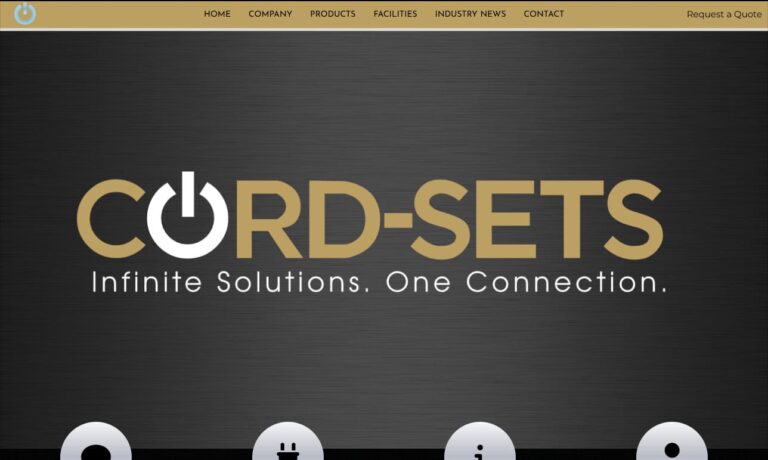
More Electric Cord Manufacturers

Design of Electric Cords
Electric cords are normally flexible, although some types are intended to be semi-rigid. The electric cord has an electrical plug at each end. The plug with a set of prongs that attaches to the electrical receptacle is known as a male, and the electrical receptacle is known as a female. The plugs with two prongs or conducting blades that are most frequently used are Type A plugs.
The live and neutral slots of the outlet are connected with one prong or pin from a two-pronged plug, respectively. The live or hot pin is connected to the hot slot of the socket. The load is powered by the current it draws from the outlet. Current can flow back to the power supply and into the outlet thanks to the neutral pin, which is connected to the neutral slot of the socket. Two-pronged plugs may be readily inserted into two-slot outlets.
Type B connectors have a third prong to serve as a grounding mechanism. For the cord to effectively and securely transport electrical energy between the power source and the appliance, the connection between the plug and the receptacle must be built. Electrical receptacles or females can be made from insulating materials, including nickel, silver, galvanized steel, or plastic. Although heavy-duty 240-volt receptacles are available for electrical equipment like industrial gear that needs a higher voltage, most outlets run on a standard 120-volt system. A grounding hole, a second slot certain outlets have, is used to implement polarization.
Three-pronged connections are expanded to include a grounding or earthing pin. An electrical system's ground line is connected to this pin. It often sits between the neutral and hot pins. Because this pin does not carry electricity, the ground connection is a safety measure. If a faulty wire, short circuit, or electrical surge occurs, the ground connection will transfer and neutralize any stray voltage to the power source and the ground. Therefore, users can avoid electric shock, electrical fires, and plugged-in equipment damage thanks to the ground connection. Installation of three-slot outlets is required for newly built residences and structures.

High-power electrical appliances, including flat irons, toasters, HVAC systems, heavy machinery, and other delicate devices, utilize three-pronged plugs; thus, they use these electric cords. First, they are utilized for gadgets housed in a metal casing (e.g., computers and game consoles). Then, because stray electricity can pass through the metal housing, a ground connection can change the course of the stray current so that no one is shocked by it.
Uses for Electrical Cords
Numerous industries employ electric cords, including electronics, food processing, commercial, and retail. Electrical cords have various purposes since they may be made in several capacities and lengths.
Electric Cord Standards and Specifications
The NEMA system and other worldwide standards help maintain consistency in the manufacture of electrical cables and reduce the possibility of faults due to poor quality. By separating the positive charge from the negative charge within the cord, polarizing an electrical plug lowers the risk of electric shock or electrocution significantly for anyone handling the item. A polarized plug can only be connected to a socket in one way due to the design of its prongs. This design ensures that the device is attached to the neutral or grounded side of the circuit. For delicate electrical devices and equipment, polarized or grounding-style cords are required.
Considerations When Buying an Electric Cord
When determining which electric cord is best for a given application, there are several things to consider. Electric cords are made according to parameters including cable temperatures, jacket materials, wire shape, size, length, current and voltage ratings, and compatible plugs and electrical outlets. One must use the device safely because the component includes the transfer of electrical energy.
The equipment's misuse or deterioration could be a safety risk and harm people, property, or even cause death. Electrical cords are frequently utilized in homes, factories, and other industrial environments. The most typical reason for cord and outlet degradation is repeated use. Therefore, strictly using high-quality materials and strictly maintaining electrical wires are crucial for lowering safety risks at work or home.
Electric Cord Accessories
In some circumstances, using an electrical cord with many pieces of equipment is either advised or required. Cord splitter can therefore be used to do this. With cord splitters, two or more pieces of equipment can be plugged into a single outlet. In addition, different cord splitters can handle cords with different voltage levels and wire diameters. However, purchasing the right cord splitter may lead to the item performing better. Therefore, speaking with a cord manufacturer is crucial to ensure an appropriate splitter.

Advantages of Electric Cords
- Many electric devices can be connected to the main supply using electric cords.
- Electric cords have fewer energy losses compared to other types of cables. Therefore, when requirements, such as the input voltage range, vary, it is possible to adapt by switching these cords.
- In the case that the power source fails, it is simple to replace the cords.
- Their superior insulation makes them a safer way to handle AC.
Choosing the Proper Electric Cord Supplier
To make sure you have the most productive outcome when purchasing electric cords from an electric cord supplier, it is important to compare at least 4 to 5 companies using our list of electric cord suppliers. Each electric cord supplier has a business profile page that highlights their areas of experience and capabilities and a contact form to directly communicate with the supplier for more information or request a quote. Review each electric cord company website using our patented website previewer to get an idea of what each company specializes in, and then use our simple RFQ form to contact multiple electric cord companies with the same form.





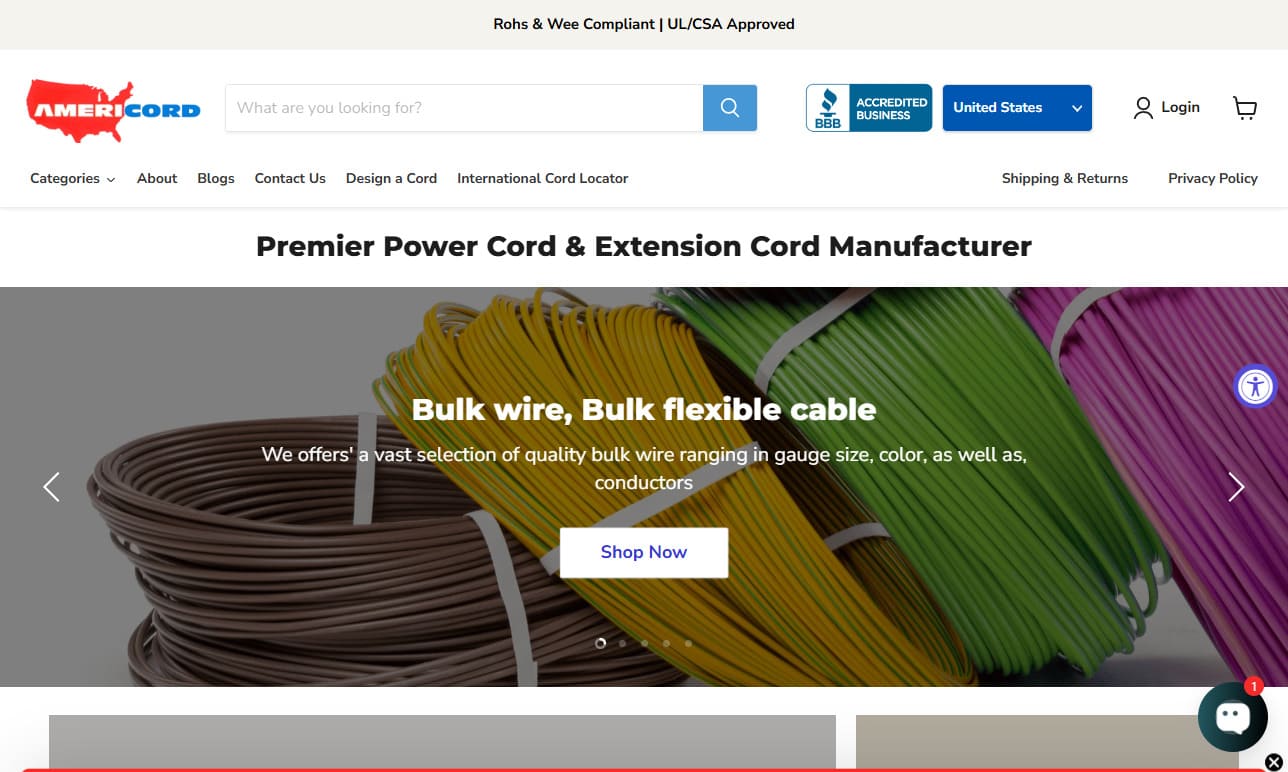
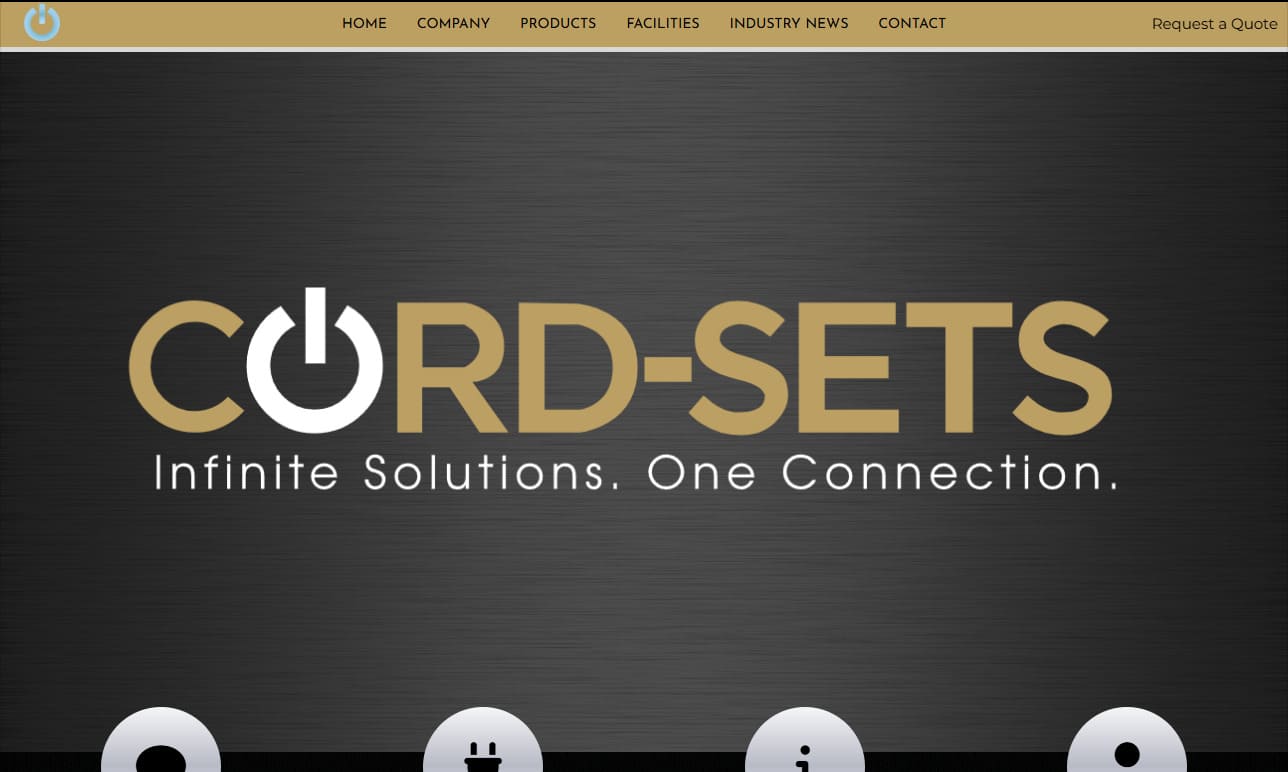
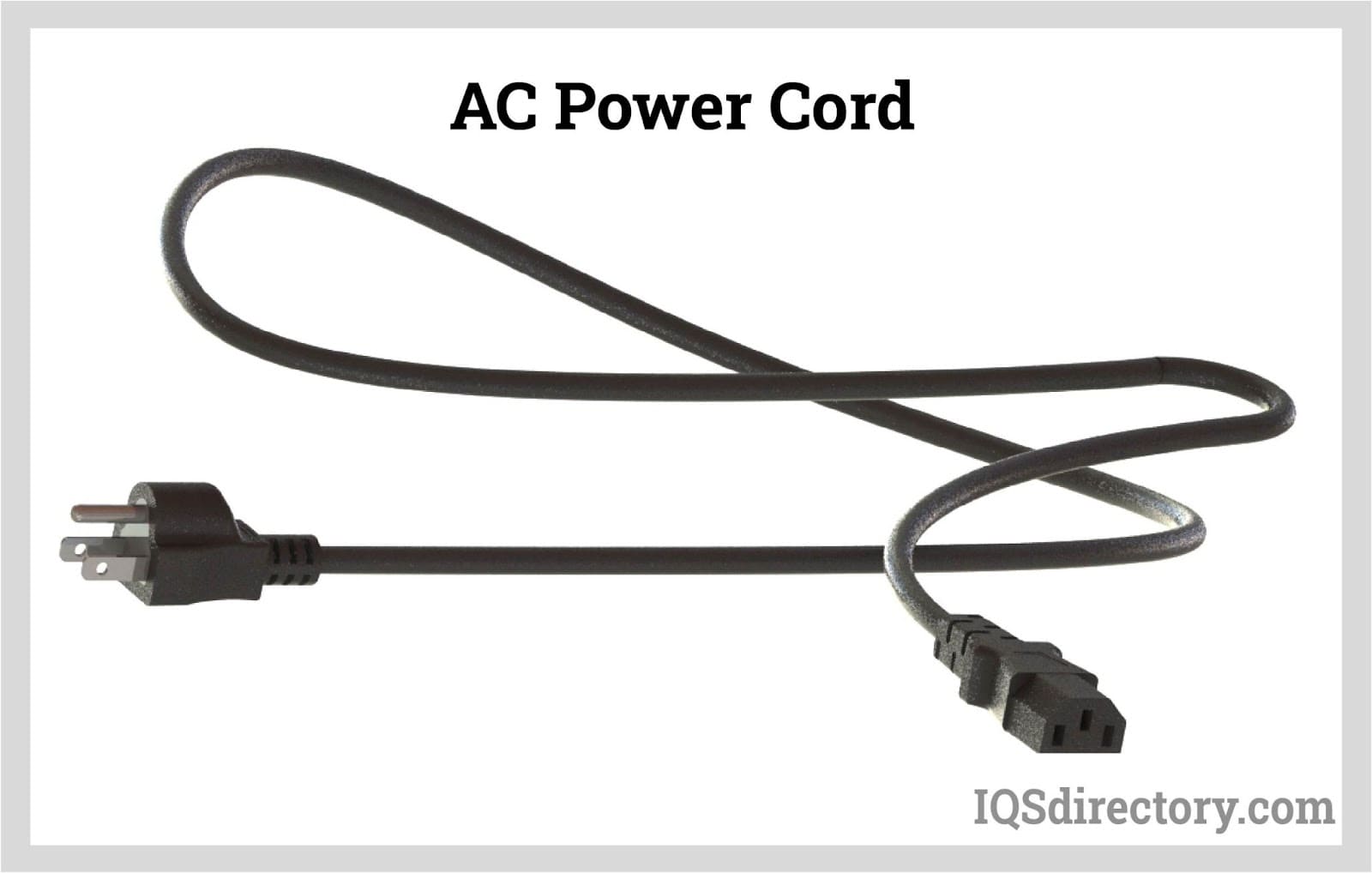
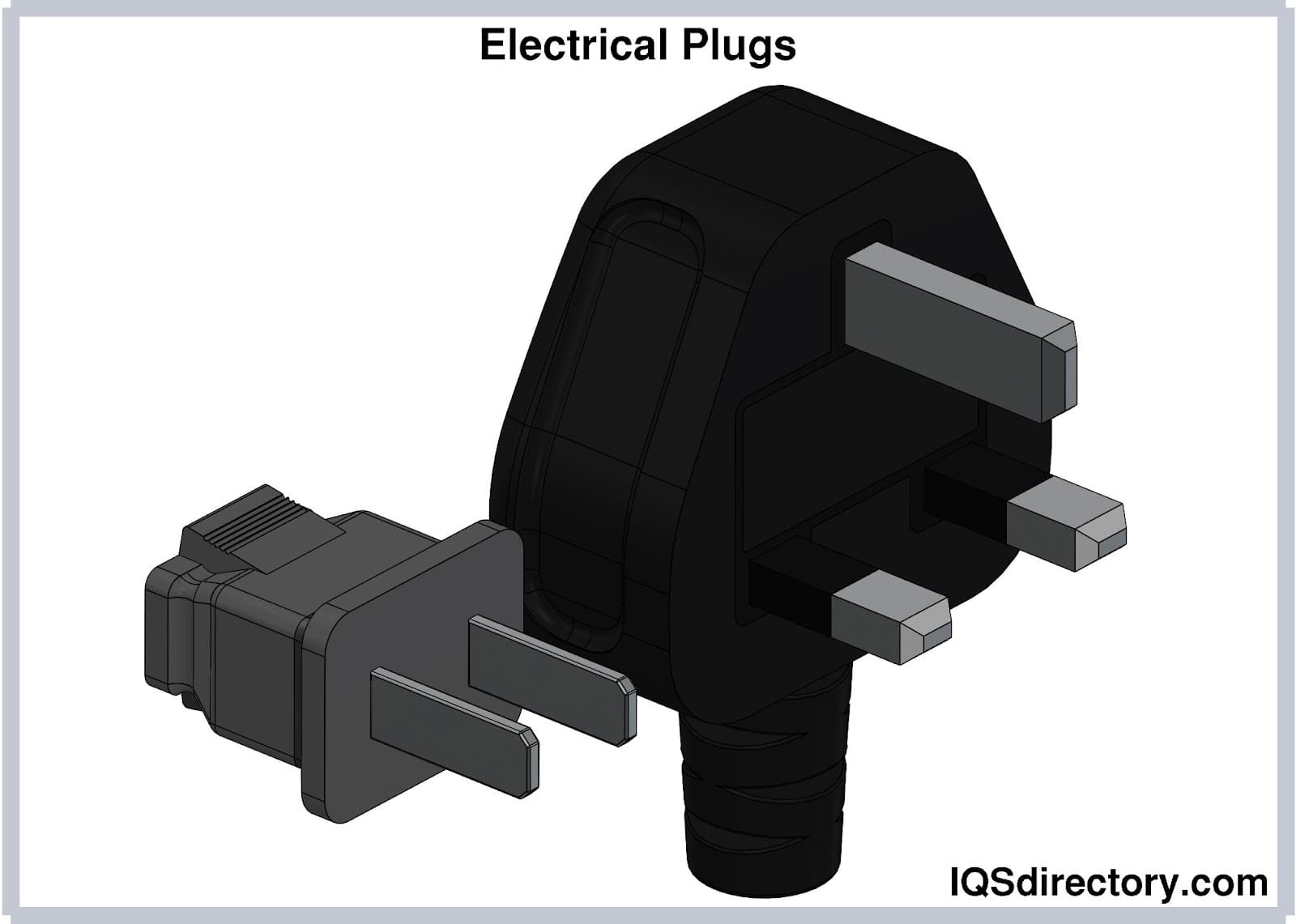

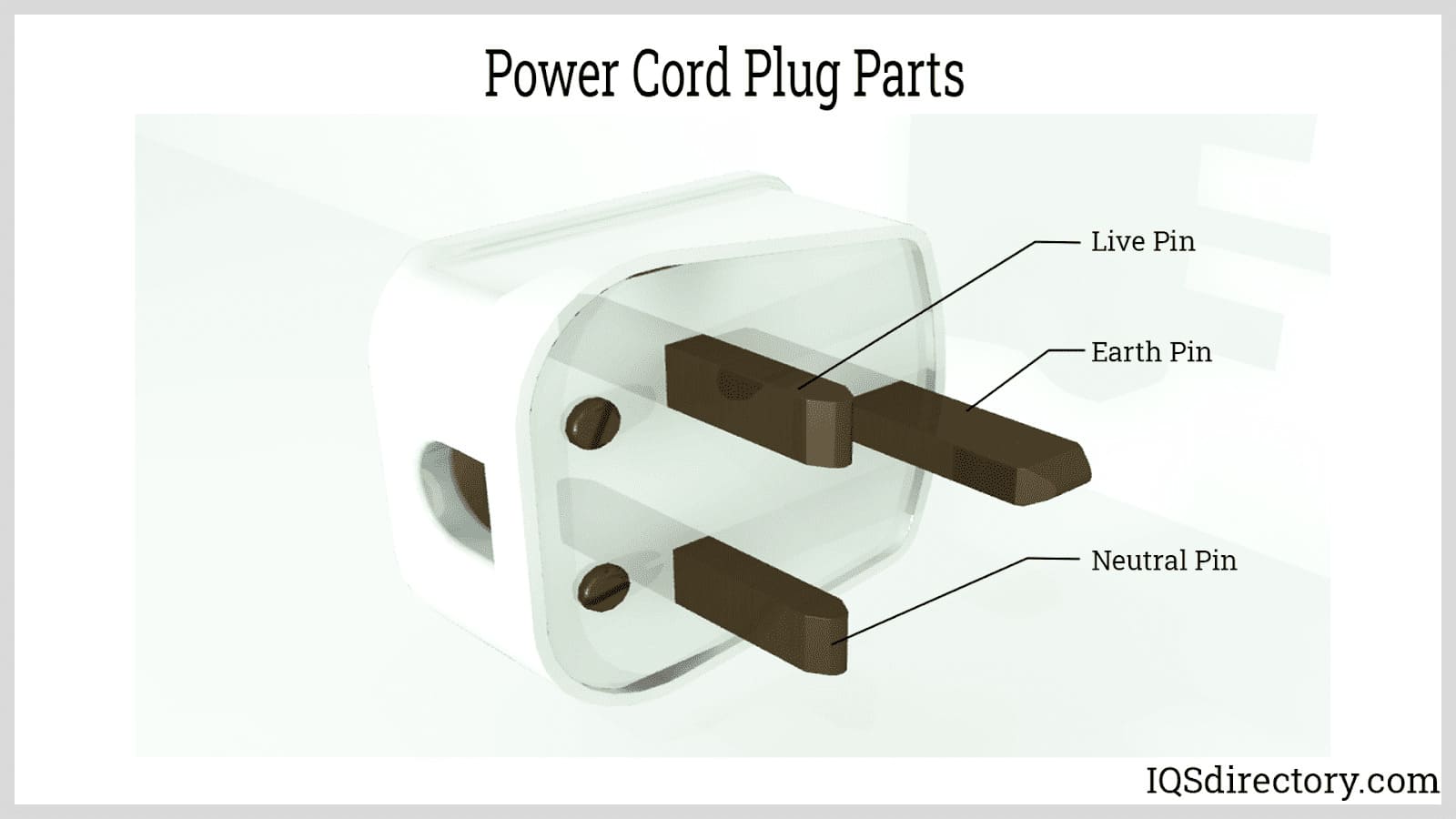
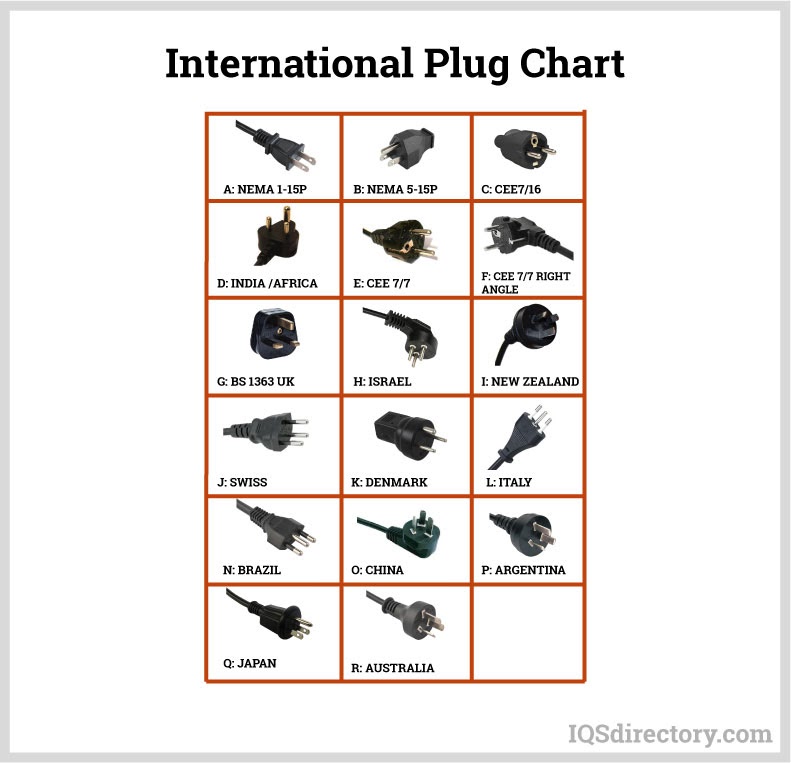
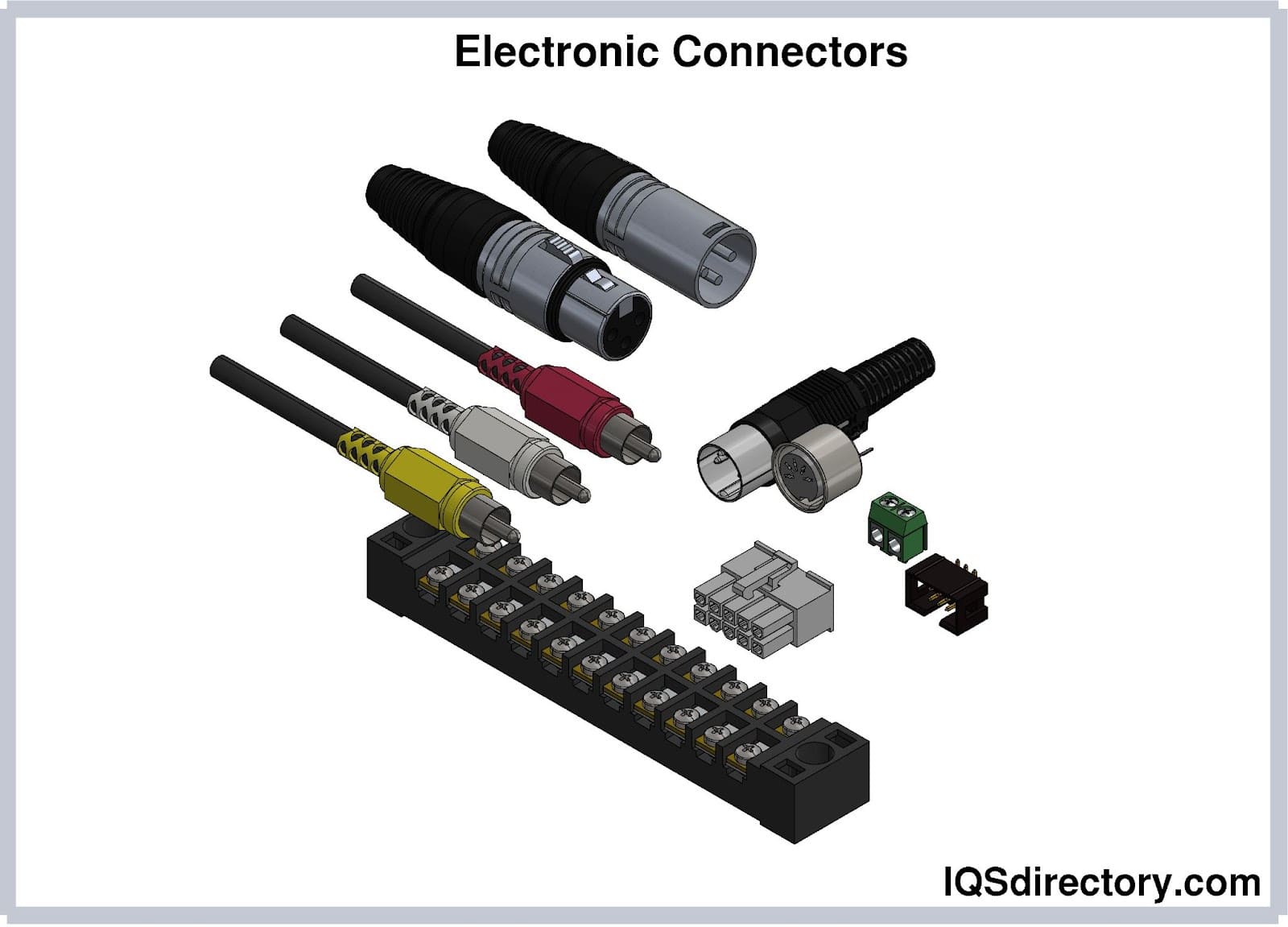
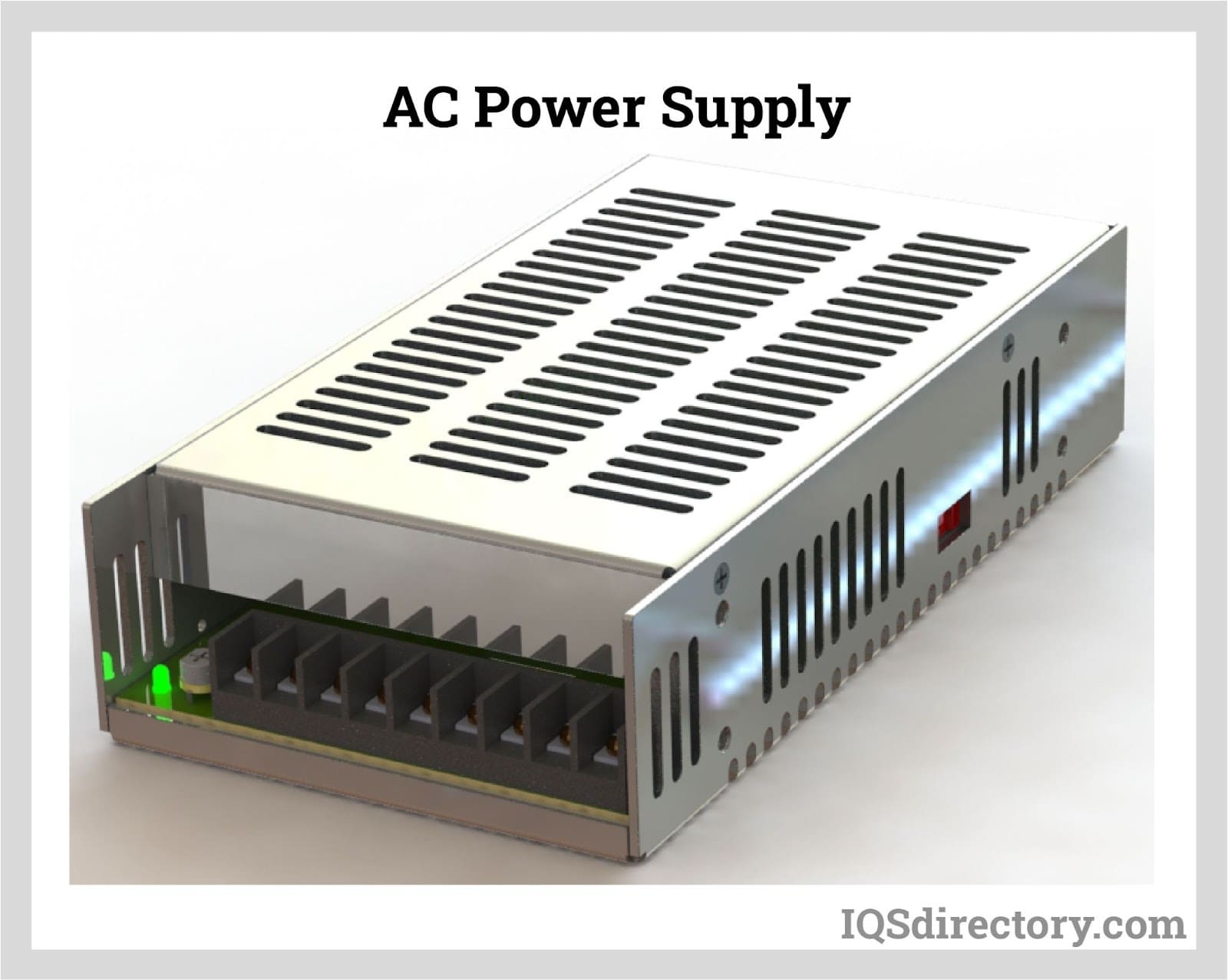
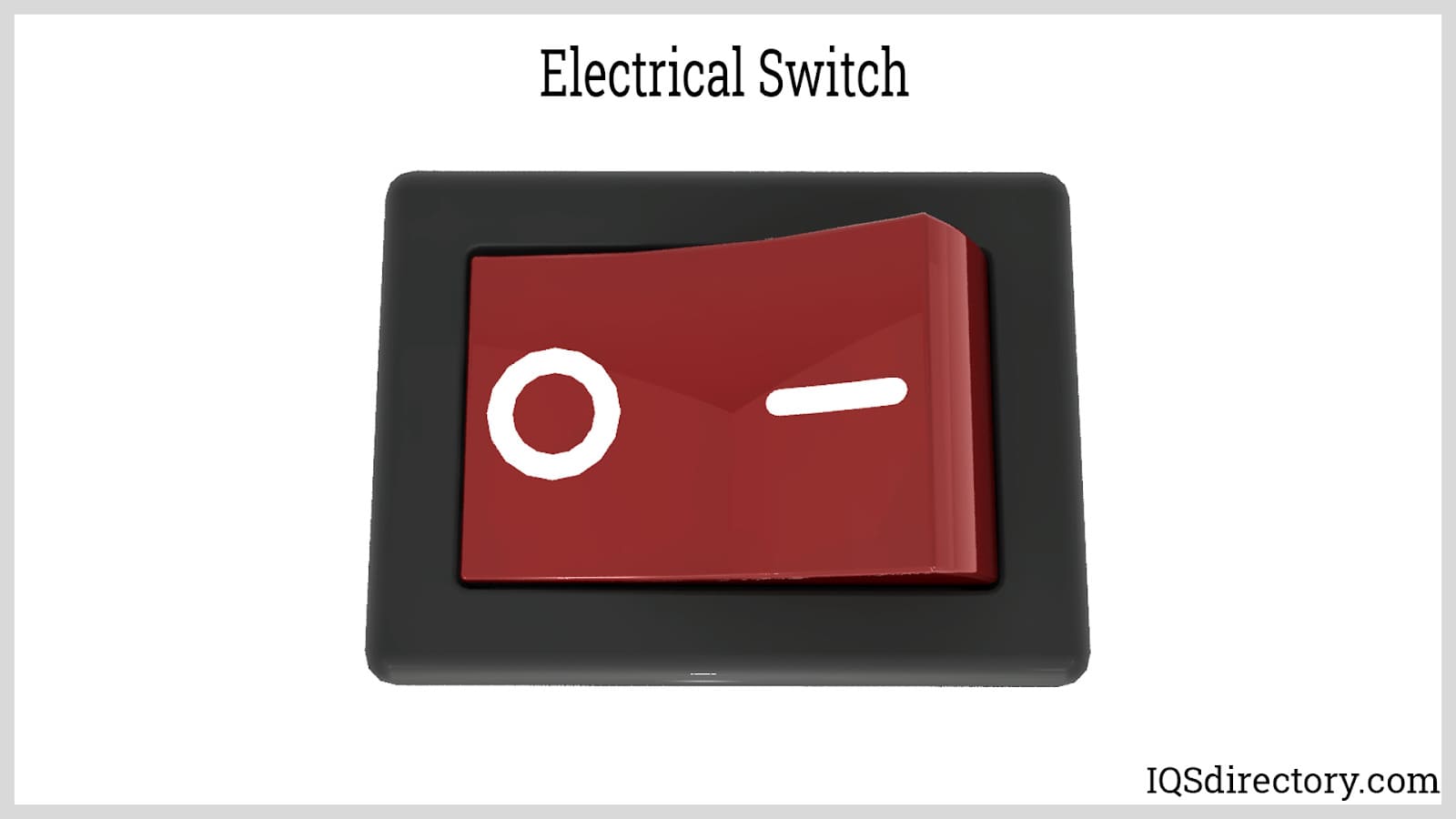
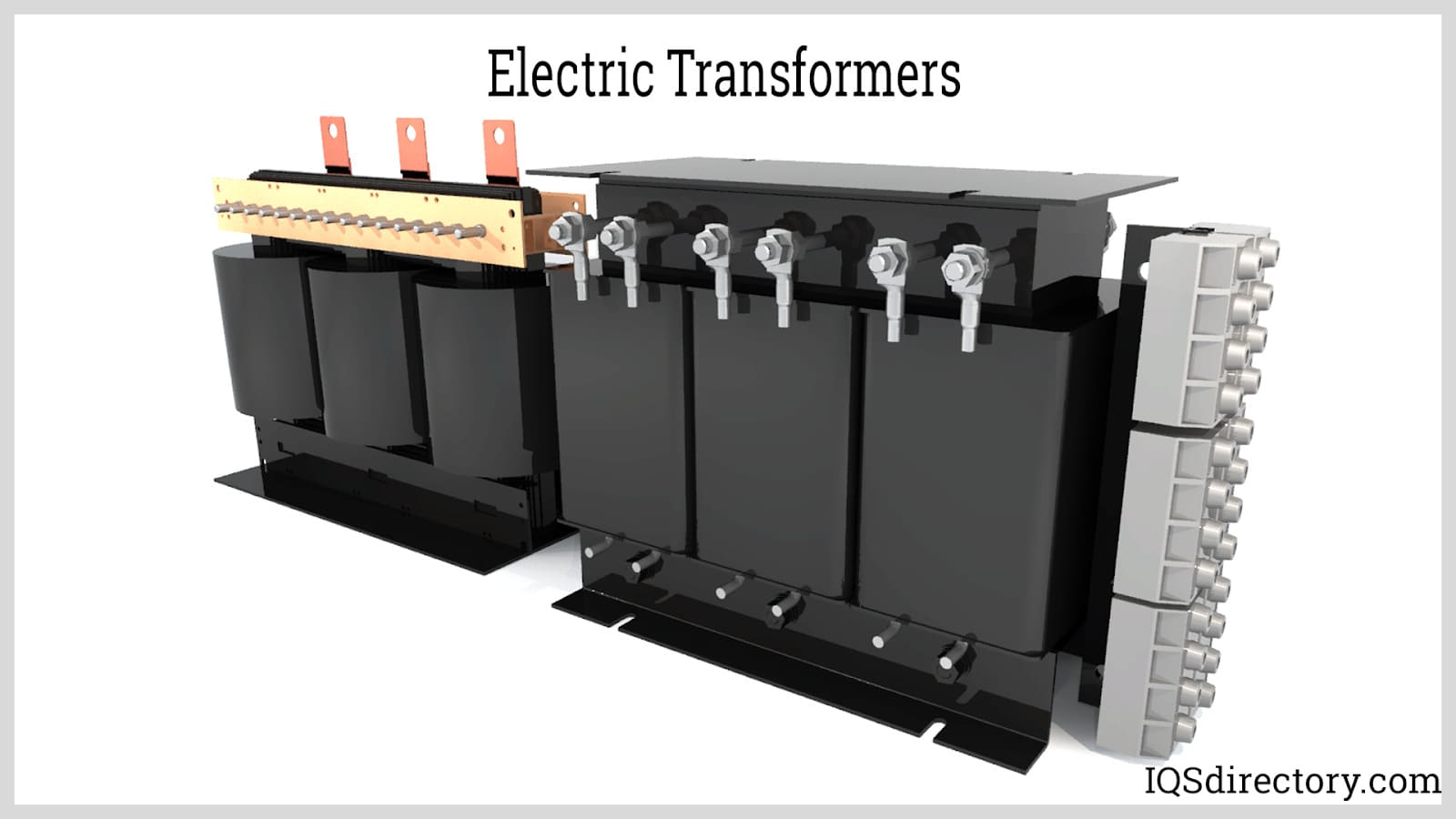

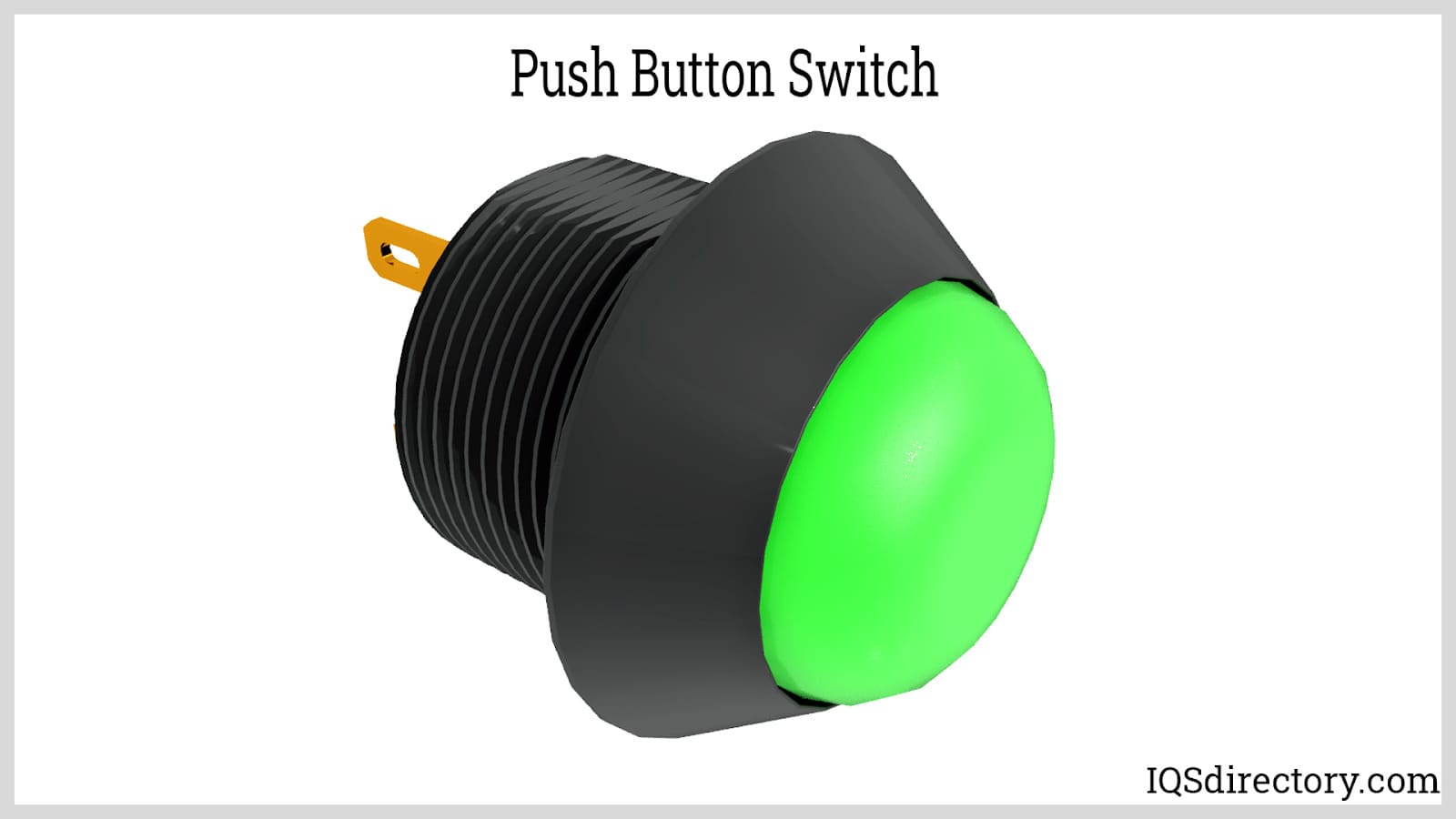
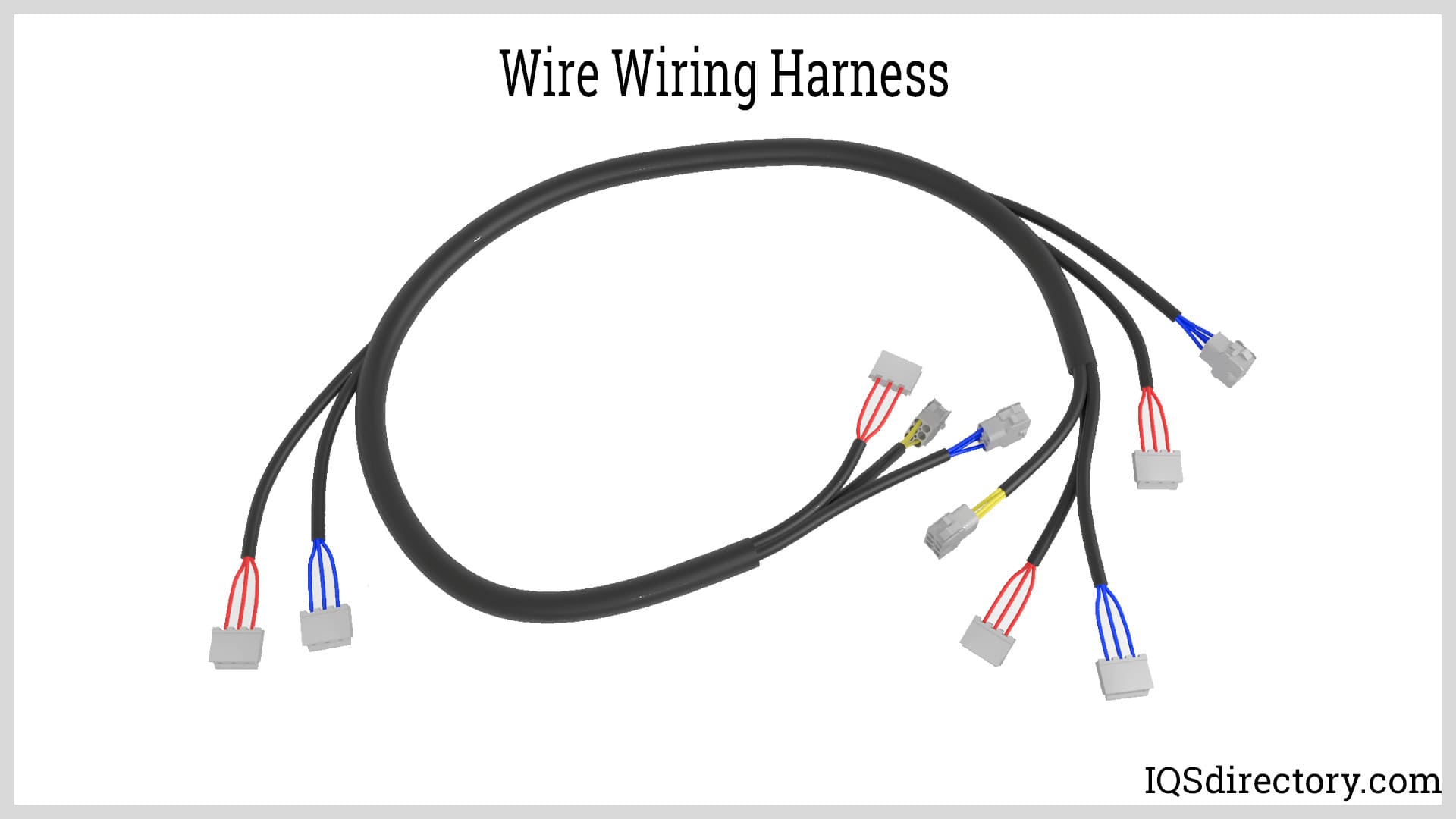
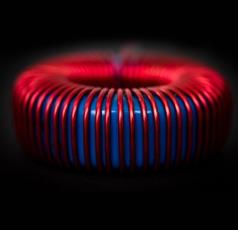 Electric Coils
Electric Coils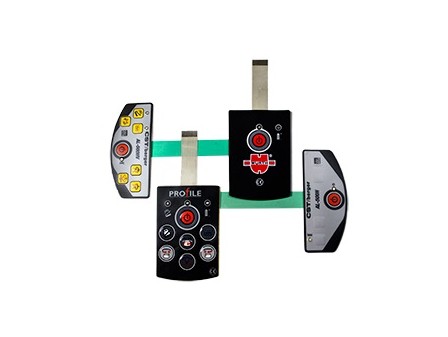 Electric Switches
Electric Switches Electric Transformers
Electric Transformers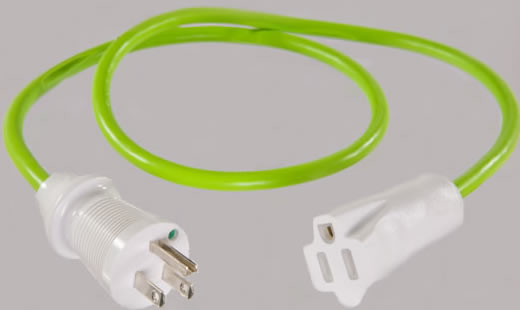 Electronic Connectors
Electronic Connectors Electronic Enclosures
Electronic Enclosures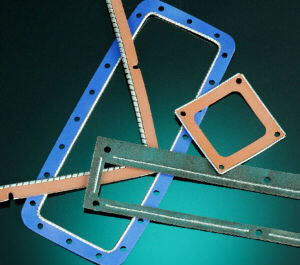 EMI Shielding
EMI Shielding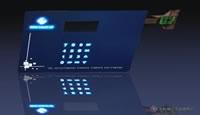 Membrane Switches
Membrane Switches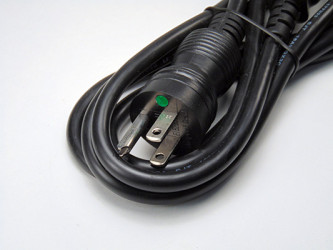 Power Cords
Power Cords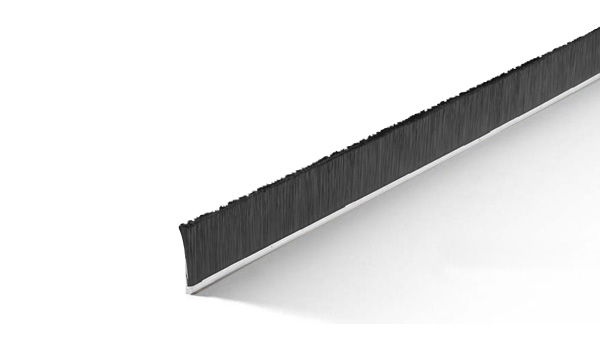 Static Eliminators
Static Eliminators Castings & Forgings
Castings & Forgings Bulk Material Handling
Bulk Material Handling Electrical & Electronic Components
Electrical & Electronic Components Flow Instrumentation
Flow Instrumentation Hardware
Hardware Material Handling Equipment
Material Handling Equipment Metal Cutting Services
Metal Cutting Services Metal Forming Services
Metal Forming Services Metal Suppliers
Metal Suppliers Motion Control Products
Motion Control Products Plant & Facility Equipment
Plant & Facility Equipment Plant & Facility Supplies
Plant & Facility Supplies Plastic Molding Processes
Plastic Molding Processes Pumps & Valves
Pumps & Valves Recycling Equipment
Recycling Equipment Rubber Products & Services
Rubber Products & Services